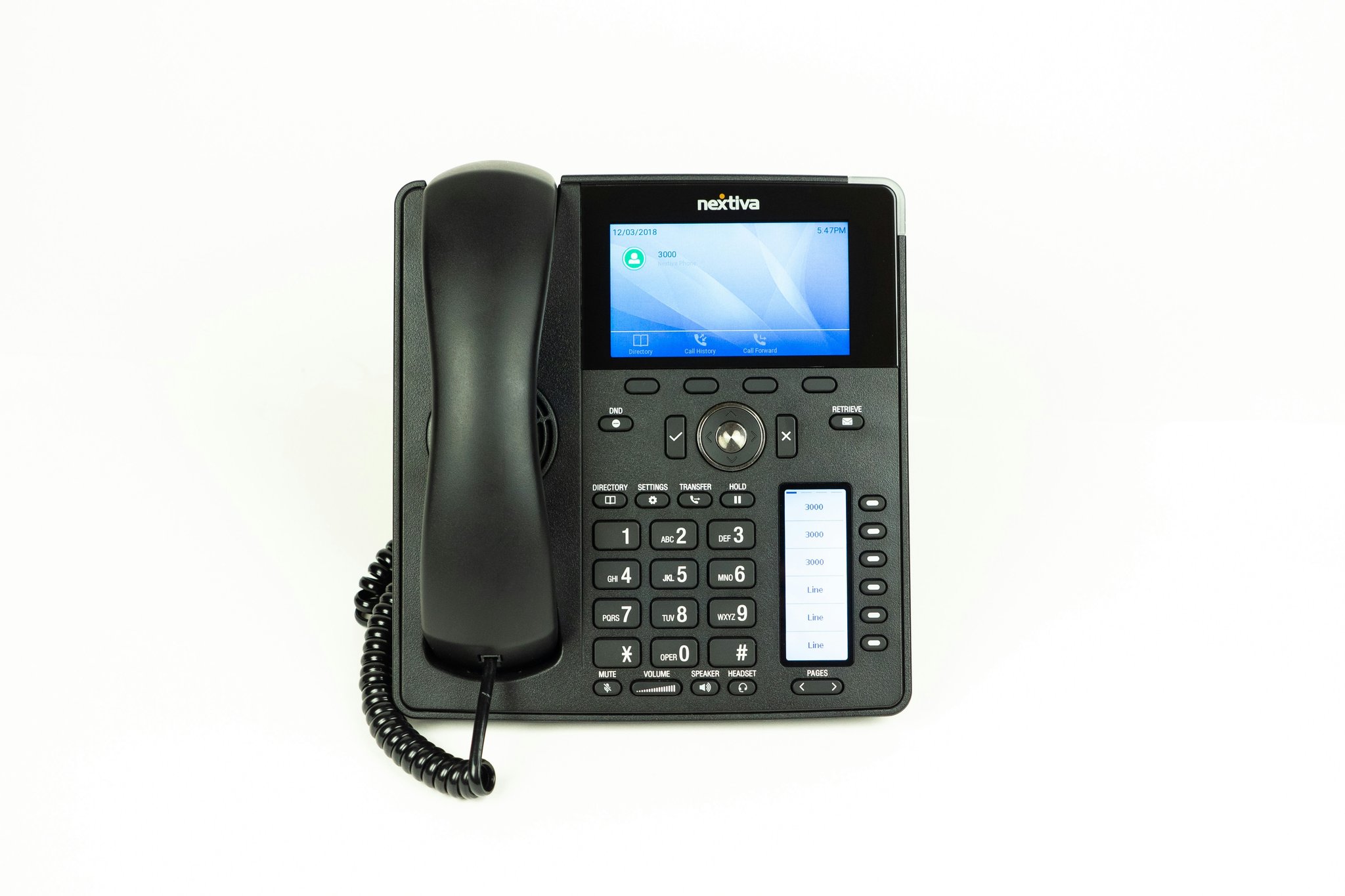Ever stared blankly at your phone bill wondering why calls spike on Tuesdays or suddenly drop mid-month? If so, you’re not alone. For businesses relying on communication to thrive, understanding these patterns is crucial—but it doesn’t have to be a guessing game. Enter call volume reporting tools, the secret sauce for elevating your business phone features game.
In this post, we’ll break down everything you need to know about call volume reporting tools: their importance, how they work, best practices, and real-world examples that prove their value. Ready to dive in?
Table of Contents
- Key Takeaways
- The Problem Without Call Volume Reporting Tools
- How to Implement Call Volume Reporting Tools
- Best Practices for Using These Tools
- Real-World Success Stories
- FAQs About Call Volume Reporting Tools
Key Takeaways
- Call volume reporting tools help businesses track, analyze, and optimize call traffic.
- These tools provide insights into peak hours, agent performance, and customer behavior.
- Effective implementation requires clear goals, proper training, and integration with other systems.
- The wrong tool can lead to inaccurate data—so choose wisely!
The Problem Without Call Volume Reporting Tools
Imagine running a sales team without knowing when leads are calling most frequently. Sounds chaotic, right? Once upon a time (shudder), I managed a small support team where we guessed our busiest times instead of analyzing hard numbers. Spoiler alert: It went as well as using #SummerVibes for winter promotions. Complete disaster.
Without reliable call volume reporting tools:
- You waste resources scheduling staff during slow periods.
- You miss opportunities to engage customers during high-traffic hours.
- Your call resolution rates suffer because agents aren’t prepared for surges.

“Optimist You: ‘Maybe things will magically get better.’
Grumpy You: ‘Yeah, sure—and maybe my coffee machine will start making lattes by itself.'”*
How to Implement Call Volume Reporting Tools
Okay, enough horror stories. Let’s fix those issues. Here’s how to implement call volume reporting tools effectively:
Step 1: Set Clear Goals
What do you want to achieve? Increased efficiency? Better resource allocation? Write it down.
Step 2: Choose the Right Tool
Not all tools are created equal. Some focus on basic tracking; others offer advanced analytics like sentiment analysis. Evaluate based on your needs and budget.

Step 3: Train Your Team
Even the fanciest tool won’t help if no one knows how to use it. Invest in training sessions and ongoing support.
Step 4: Integrate With Existing Systems
Connect your chosen tool with CRM software, marketing platforms, etc., for streamlined operations.
Best Practices for Using These Tools
Now that you’ve got the tech, let’s maximize its potential:
- Analyze Regularly: Review reports weekly to spot trends quickly.
- Act on Insights: Adjust staffing schedules or reroute calls based on findings.
- Share Findings: Keep stakeholders informed with easy-to-understand dashboards.
- Avoid Overloading Agents: Distribute call loads evenly to prevent burnout.
Pro Tip: Don’t forget to audit your system periodically. Tools evolve, and what worked last year might not cut it today.
Terrifically Terrible Tip: Just buy any cheap tool and hope for the best. Yeah, don’t do that unless you enjoy sifting through incorrect data while drowning in coffee refills.
And honestly, can we talk about tools with terrible UI design? Nothing makes me want to throw my laptop out the window faster than confusing navigation menus and endless loading screens. Developers: Please remember users are human beings, not code-breaking robots.
Real-World Success Stories
Here’s proof that call volume reporting tools work:
Case Study 1: Small Business Boom
A local retail store used a tool to identify peak call times and adjusted employee shifts accordingly. Result? A 25% increase in answered calls and higher customer satisfaction scores.
Case Study 2: Enterprise Efficiency
A large e-commerce company integrated call volume analytics with its CRM, reducing average hold times by 40%. Their NPS skyrocketed as a result.

FAQs About Call Volume Reporting Tools
Q: What Is a Call Volume Reporting Tool?
A: A tool that tracks and analyzes incoming/outgoing calls to identify trends and improve productivity.
Q: How Expensive Are These Tools?
A: Prices vary widely depending on features but expect anywhere from $50/month for basics to thousands for enterprise-level options.
Q: Can I Use Multiple Tools at Once?
A: Technically yes, but it’s usually overkill and causes integration headaches. Stick to one excellent tool.
Conclusion
To sum up, call volume reporting tools transform uncertainty into actionable insights. From identifying peak hours to improving agent performance, these tools empower businesses to operate smarter, not harder. So stop guessing and start measuring—it’s time to make every call count.
Like a Tamagotchi, your SEO strategy needs daily care too. Stay tuned for more tips that keep your content thriving!
Whirring fans, buzzing lines, Calls pile up, yet none align. Data saves the day.


